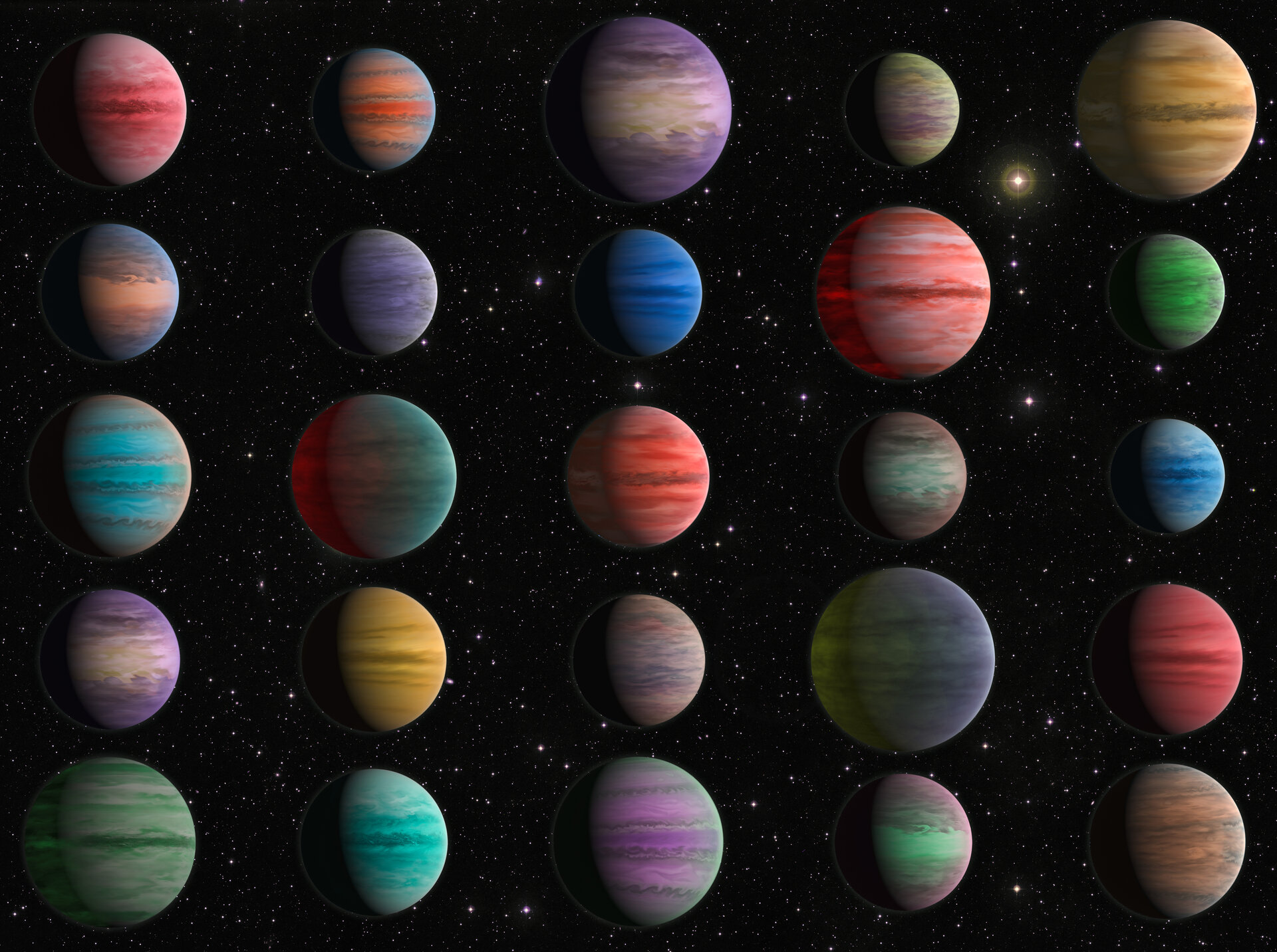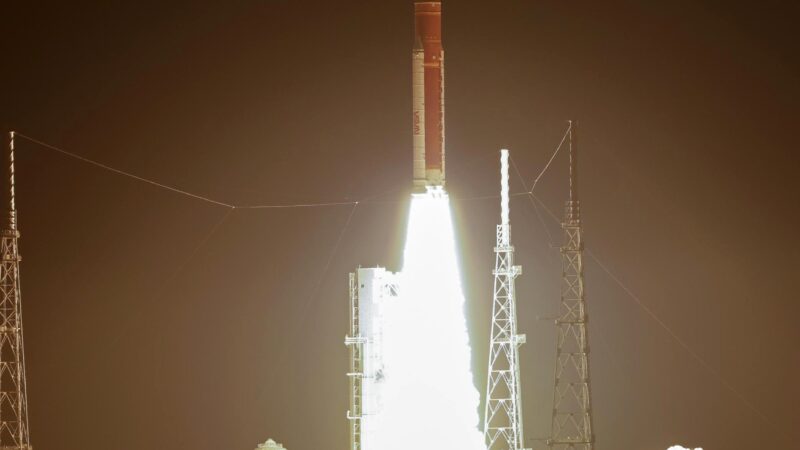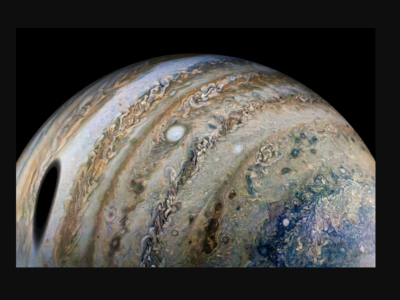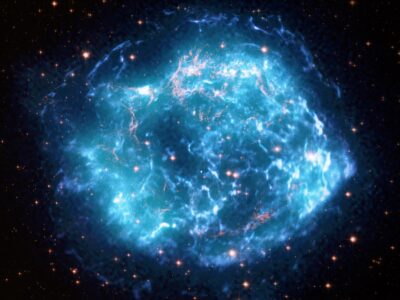The temperature difference between day and night reaches 1000 ℃? ‘Hot Jupiter’ mystery solved
NASA/ESA gave an international team of astronomers new insights into five long-standing questions about exoplanets by handing over observations of 25 hot Jupiters[1][2] with the Hubble Space Telescope, published in the Astrophysical Journal Supplement[3], and is one of the largest surveys of exoplanet atmospheres to date.

Archival observations of 25 hot Jupiters by the NASA/ESA Hubble Space Telescope have been analysed by an international team of astronomers, enabling them to answer five open questions important to our understanding of exoplanet atmospheres. Amongst other findings, the team found that the presence of metal oxides and hydrides in the hottest exoplanet atmospheres was clearly correlated with the atmospheres’ being thermally inverted.
Hot Jupiter is a gas giant that orbits its star and usually completes in 10 days. While there are no hot Jupiters in our solar system, they are a common type of planet outside the solar system.
By using large exoplanet samples and analyzing large amounts of data, researchers were able to identify trends and solve questions that small studies for years could not finally answer.
Among these findings, the researchers found that the day and night sides of hot Jupiter were very different, with temperatures dropping by hundreds of degrees Celsius from day to night (the researchers found an average difference of 1000 °C).
They also found that many hot Jupiters have heat-inverted atmospheres, also known as stratospheres — that is, the temperature of their upper atmosphere rises with elevation. This appears to be due to the presence of metallic elements (titanium oxide, vanadium oxide, and ferrohydride) that absorb the light of the star, thus heating the atmosphere. This is a similar phenomenon that occurs on Earth through the ozone layer.
The researchers also confirmed that on the hottest planets, the molecules are decomposing; they found that some planets have less water than expected, suggesting that they formed differently than planets with higher water levels; and that they detected more metals than the models predicted, meaning these planets may have formed differently than previously thought.
The researchers say a better understanding of exoplanets will help solve questions about the evolution of the solar system.
This new work, led by researchers based at University College London (UCL), used the largest amount of archival data ever examined in a single exoplanet atmosphere survey to analyse the atmospheres of 25 exoplanets. The majority of the data came from observations taken with the NASA/ESA Hubble Space Telescope. The lead author, Quentin Changeat, explains: “Hubble enabled the in-depth characterisation of 25 exoplanets, and the amount of information we learnt about their chemistry and formation — thanks to a decade of intense observing campaigns — is incredible.”
The science team sought to find answers to five open questions about exoplanet atmospheres — an ambitious goal that they succeeded in reaching. Their questions probed what H– and certain metals can tell us about the chemistry and circulation of exoplanet atmospheres, and about planet formation. They chose to investigate a wide range of hot Jupiters, with the intention of identifying trends within their sample population that might provide insight into exoplanet atmospheres more generally. The study’s co-leader, Billy Edwards of UCL and the Commissariat à l’énergie atomique et aux énergies alternatives (CEA) said: “Our paper marks a turning point for the field: we are now moving from the characterisation of individual exoplanet atmospheres to the characterisation of atmospheric populations.”
In order to investigate their sample of 25 exoplanets, the team reanalysed an enormous amount of archival data, consisting of 600 hours of Hubble observations, which they complemented with more than 400 hours of observations from the Spitzer Space Telescope[4]. Their data contained eclipses for all 25 exoplanets, and transits for 17 of them. An eclipse occurs when an exoplanet passes behind its star as seen from Earth, and a transit occurs when a planet passes in front of its star. Eclipse and transit data can both provide crucial information about an exoplanet’s atmosphere.
The large-scale survey yielded results, with the team able to identify some clear trends and correlations between the exoplanets’ atmospheric constitutions and observed behaviour. Some of their key findings related to the presence or absence of thermal inversions in the atmospheres of their exoplanet sample. They found that almost all the exoplanets with a thermally inverted atmosphere were extremely hot, with temperatures over 2000 Kelvins. Importantly, this is sufficiently hot that the metallic species TiO (titanium oxide), VO (vanadium oxide) and FeH (iron hydride) are stable in an atmosphere. Of the exoplanets displaying thermal inversions, almost all of them were found to have H–, TiO, VO or FeH in their atmospheres.
It is always challenging to draw inferences from such results, because correlation does not necessarily equal causation. However, the team were able to propose a compelling argument for why the presence of H–, TiO, VO or FeH might lead to a thermal inversion — namely that all these metallic species are very efficient absorbers of stellar light. It might be that exoplanet atmospheres hot enough to sustain these species tend to be thermally inverted because they then absorb so much stellar light that their upper atmospheres heat up even more. Conversely, the team also found that colder hot Jupiters (with temperatures less than 2000 Kelvins, and thus without H–, TiO, VO or FeH in their atmospheres) almost never had thermally inverted atmospheres.
A significant aspect of this research was that the team were able to use a large sample of exoplanets and an extremely large amount of data to determine trends, which can be used to predict behaviour in other exoplanets. This is extremely useful, because it provides insight into how planets may form, and also because it allows other astronomers to more effectively plan future observations. Conversely, if a paper studies a single exoplanet in great detail, whilst that is valuable it is much harder to extrapolate trends from. An improved understanding of exoplanet populations could also bring us closer to solving open mysteries about our own Solar System. As Changeat says: “Many issues such as the origins of the water on Earth, the formation of the Moon, and the different evolutionary histories of Earth and Mars, are still unsolved despite our ability to obtain in-situ measurements. Large exoplanet population studies, such as the one we present here, aim at understanding those general processes.”
References:
[1]Hot Jupiters: Origins, Structure, Atmospheres (wiley.com)
[2]Hot Jupiter – Exoplanet Exploration: Planets Beyond our Solar System (nasa.gov)











Crazy planet